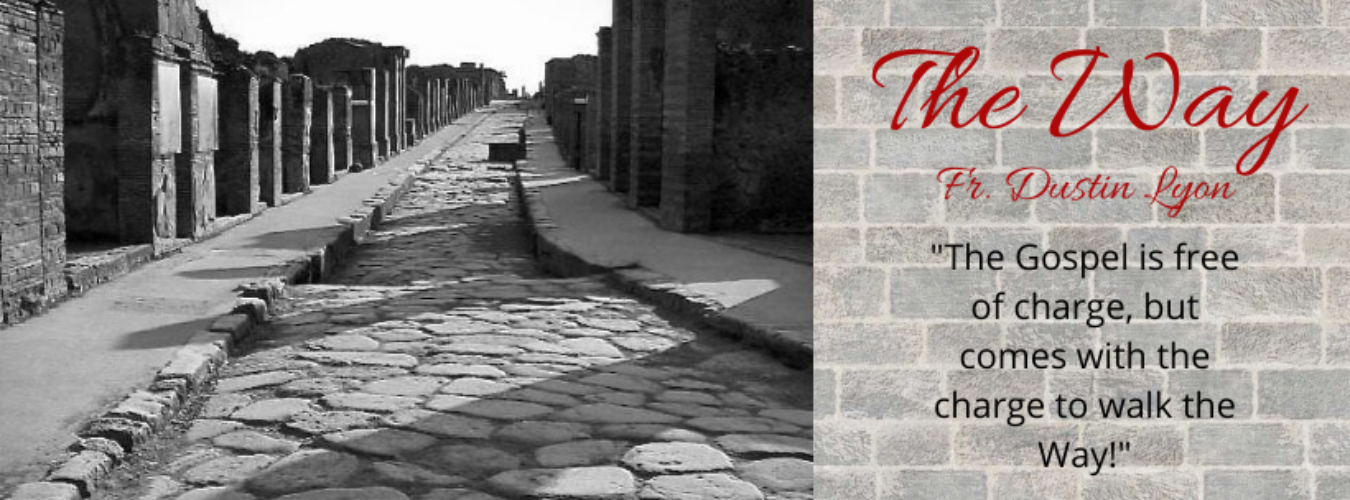Last Sunday we read the parable of the sower. As I mentioned in my sermon, this parable is Jesus’s response to the question of why more Judeans weren’t becoming Christians. To them, it seemed like there were too many Gentiles. Yet, this is a sign that the gospel is actually Good News!
As we all know, Jesus and his disciples came out of the 1st-century Judean (sometimes translated as “Jewish”) tradition. We sometimes call them Israelites or Hebrews. They had a history that stretched back to Abraham, Isaac, and Jacob, which you can read about it in the Old Testament.
By the time of Jesus, Israel had a variety of traditions, including temple ceremonies and feasts as well as regular weekly synagogue services that included hymns, readings from scripture, and sermons.
They were very in-ward looking. They worshipped in a language very few people understood, that is, Hebrew. Among themselves, they spoke Aramaic (this was probably Jesus’s native language). And, when they went into the world to do business, they probably spoke Koine Greek.
This sounds very similar to the Orthodox situation in America. Some Orthodox Churches worship in Byzantine Greek or Chruch Slavonic, while, at coffee hour, many people speak modern Greek or Russian. And, at work, the common language is English.
What made Jesus and his gospel message so shocking was that he was outward-looking. If God was the creator of the world–not just a particular people–then the gospel message should invite everyone to become part of God’s people.
The glue that held everyone together? It was no longer worshipping in the temple or even in synagogues. The glue was faith in Jesus as the Anointed One (Messiah or Christ) of God.
This Jesus movement was first called “The Way” and later “Christianity.” Because of their common faith in Jesus, a diverse group of people, with all sorts of different backgrounds, would gather together to celebrate table-fellowship (what we now call the Liturgy) in households (now in churches).
We see how this movement took hold among a great diverse group of people in the gospel stories. A Roman centurion approaches Jesus to have his slave healed. A Syro-Phoenician woman begs Jesus to heal her daughter. It was a Gentile soldier who recognizes Jesus as the “Son of God” on the cross. The Magi traveled hundreds of miles to pay their respects to the newborn Jesus. And, Gentiles become traveling companions to Paul.
St. Paul, as he carried the gospel throughout the Rome world, would say, “There can be neither Judaean nor Greek, there can be neither slave nor freeman, there cannot be male and female, for you are all one in the Anointed One Jesus.” (Gal. 3:28).
Of course, those with a Judean background were uncomfortable with this. We know some of these people were James, the brother of Jesus, and Peter, the great Apostle. At first, they resisted Paul. He was bringing in all sorts of outsiders to sit at the same table as equals with them. He was preaching in Greek rather than in Hebrew or Aramaic. And, he was preaching that mercy is more important than sacrifice (that is, adhering to the ritual law of the day).
But, in the end, both James and Peter realized that the gospel is a message for everyone. It’s open to all who have a change of heart (repent of their sins) and embrace Jesus through trust.
Jesus was right, as Christians, they were called to a very high calling. “Go, therefore, instruct all the nations, baptizing them in the name of the Father and the Son and the Holy Spirit, teaching them to observe everything that I have commanded you; and see: I am with you every day until the consummation of the age” (Matt. 28:19-20).
Sometimes, like James and Peter, it’s easy to get caught up in our own world. After all, change is hard. But, the gospel gives us a big picture of what it means to be “church.” It’s a vision that calls us to move out of our comfort zone precisely so we can be the agents who work with Christ to transfigure the world. This is our “priestly” vocation.
The question for us today is how do we become like Paul and reach out to those around us? How do we preach the gospel to those who walk through our doors for services? How do we go out into our communities to bring Christ to others?
This is our challenge. And, when we rise to meet this challenge, the gospel continues to ring true today.

